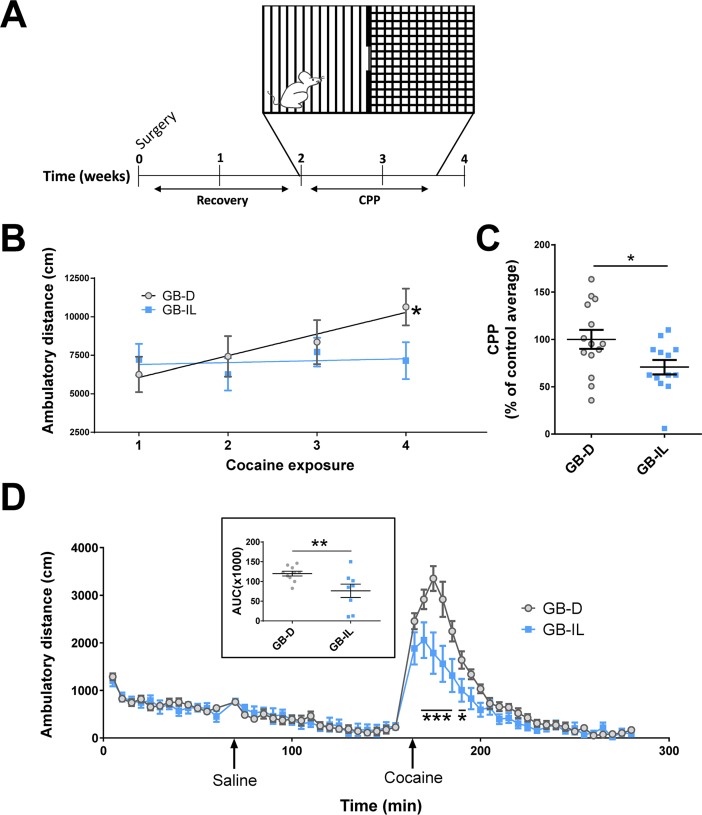Fig 2. Bile diversion to the ileum blocks cocaine locomotor sensitization and reduces cocaine CPP.
(A) Mice underwent surgery (GB-D or GB-IL), recovered for 2 weeks, and began the cocaine CPP paradigm. (B) Average group locomotor activity in CPP chambers during four cocaine exposures (20 mg/kg, i.p.) with linear regression of activity over the four exposures. There was a significant effect of time (Time: F[3, 69] = 2.916; p < 0.043), and treatment × time interaction (F[3, 69] = 2.868; p < 0.041) (n = 11–14; p < 0.05 by two-way repeated measuresANOVA) with a significant difference between cocaine exposure 1 and 4 in GB-D surgery animals (p < 0.003 by multiple comparison tests). (C) Cocaine CPP expressed as percent CPP normalized to GB-D average (n = 13–14; *p < 0.05 by Student t test). (D) OF locomotion. GB-IL mice exhibit a no difference in basal locomotion with reduced response to cocaine (n = 8–10; p < 0.05 by two-way repeated measures ANOVA, F[1, 16] = 6.544; *p < 0.05; ***p < 0.001 by multiple comparison test). (inset) AUC for cocaine locomotor responses in GB-D and GB-IL mice (**p < 0.01 by Student t test). Underlying data can be found in S1 Data. AUC, area under the curve; CPP, conditioned place preference; GB-D, gallbladder to duodenum diversion; GB-IL, gallbladder to ileum diversion; OF, open field.

